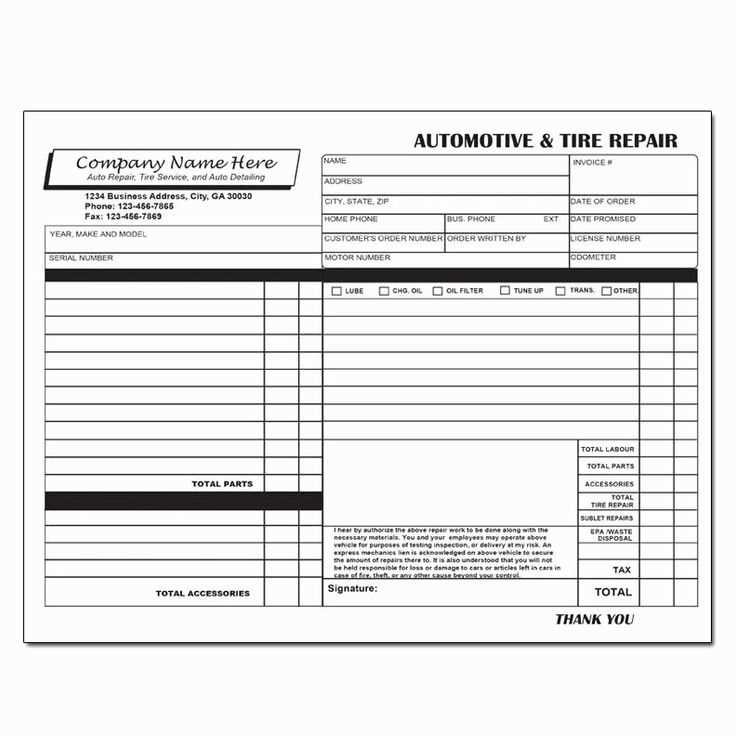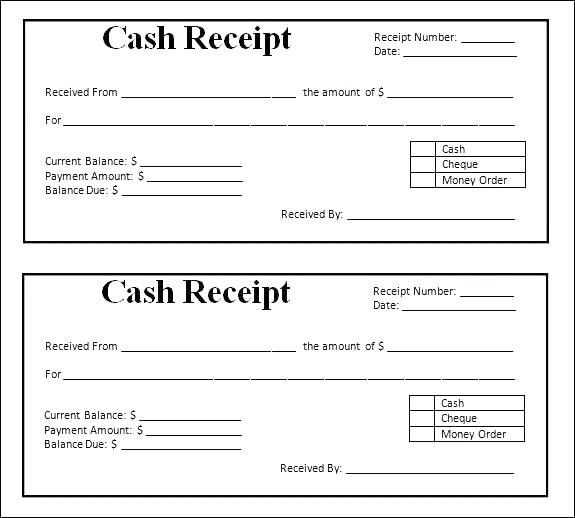
Download and Customize
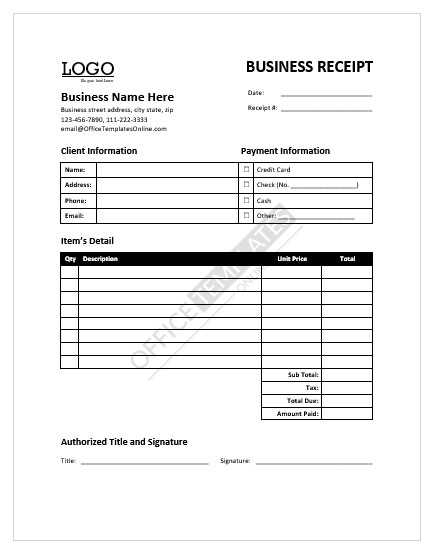
Choose a ready-made template that fits your needs. Look for a format that includes fields for date, recipient, amount, payment method, and a unique receipt number. Use a Word or Excel file for easy modifications. Add your company logo, contact details, and tax information if required.
Key Elements to Include
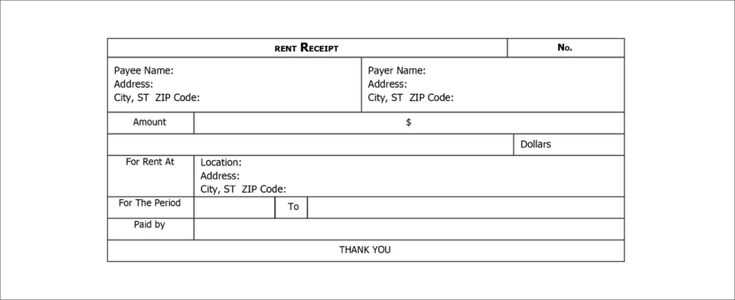
- Header: Company name, address, and contact details.
- Receipt Number: A unique identifier for tracking.
- Date: The transaction date.
- Received From: Name of the payer.
- Amount: The total payment received.
- Payment Method: Cash, credit card, bank transfer, or check.
- Details: Description of the transaction or service provided.
- Signature: Authorization from the receiver.
Best Formats for Digital and Print Use
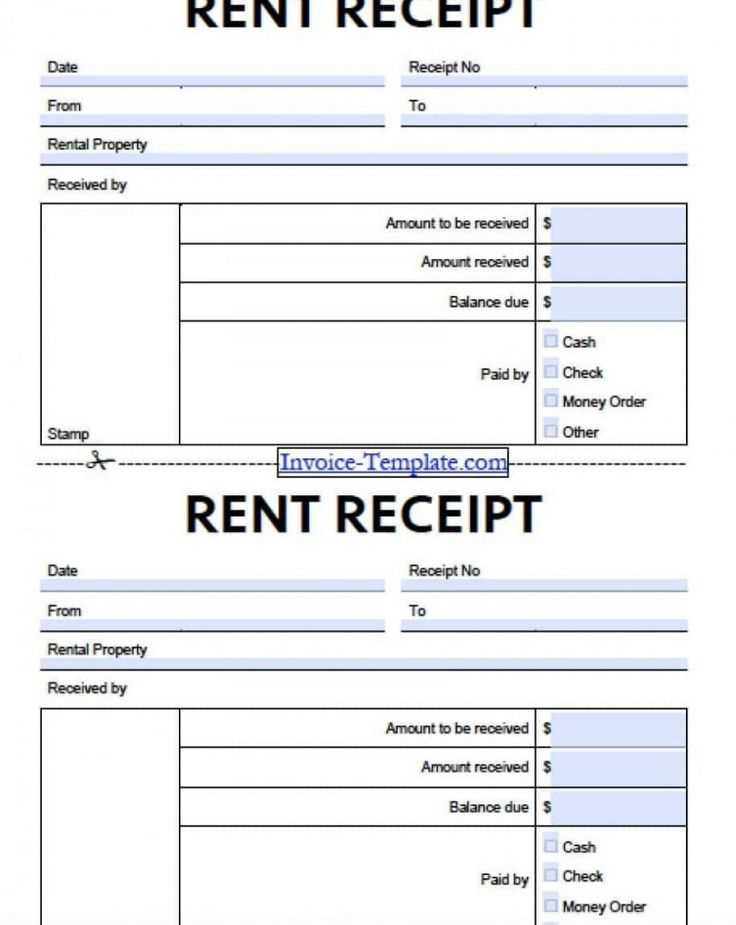
For digital use, PDF ensures a consistent layout. Word and Excel allow quick edits. If printing, use high-quality paper with a professional layout. For automation, consider Google Sheets with built-in formulas for tax and totals.
Office Receipt Template Free: Practical Guide
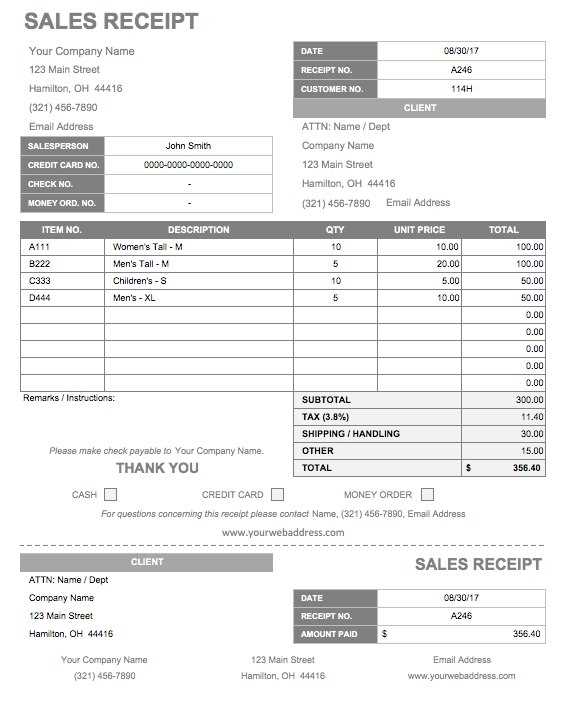
Choose a template that includes all essential details: date, unique receipt number, payer and payee names, payment method, itemized charges, and total amount. Always include a section for additional notes, such as tax details or special terms. A well-structured format improves clarity and reduces disputes.
Avoid cluttered layouts. Stick to a simple structure with aligned text and readable fonts. If using a digital version, ensure it’s fillable and compatible with common formats like PDF or Excel. This allows easy record-keeping and sharing.
Consistency in branding matters. Add a company logo, use business colors, and match the typography to your official documents. This reinforces professionalism and credibility in financial transactions.
